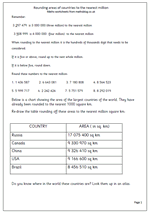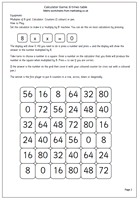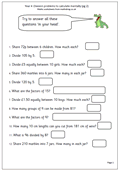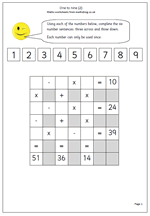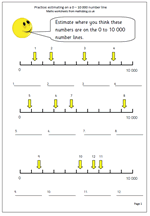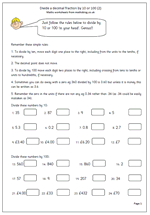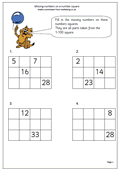 Next week we have a follow up maths worksheet to the earlier explanation on how to estimate on a number line up to 10 000.
Next week we have a follow up maths worksheet to the earlier explanation on how to estimate on a number line up to 10 000.
Most of the work on number lines in year 6 involve using decimals so this is a good chance to make sure that large whole numbers are understood. All answers are approximate but a guess can be considered good if it is about 50 either side of the answer given. Most suited to Year 6 (10/11 years old).
Our first ‘One to Nine’ puzzle proved to be very popular so we will be publishing another. Excellent quick activity for a wet break as the autumn term approaches.
We will also be publishing another in our calculator series, this time for the 8 times table. The grid has a selection of multiples of 8 up to 10 x 8. The idea is to play with a partner, choose a square and then enter a number on the calculator that you think will produce the number in the square when multiples by 8. if successful place a counter on the square. The aim is to try and get four in a row.
Remember that if the 8 times table is not known, multiplying by 8 can be achieved by doubling, doubling and doubling again.
This page will be found in our year 5 section under Knowing Number Facts.
